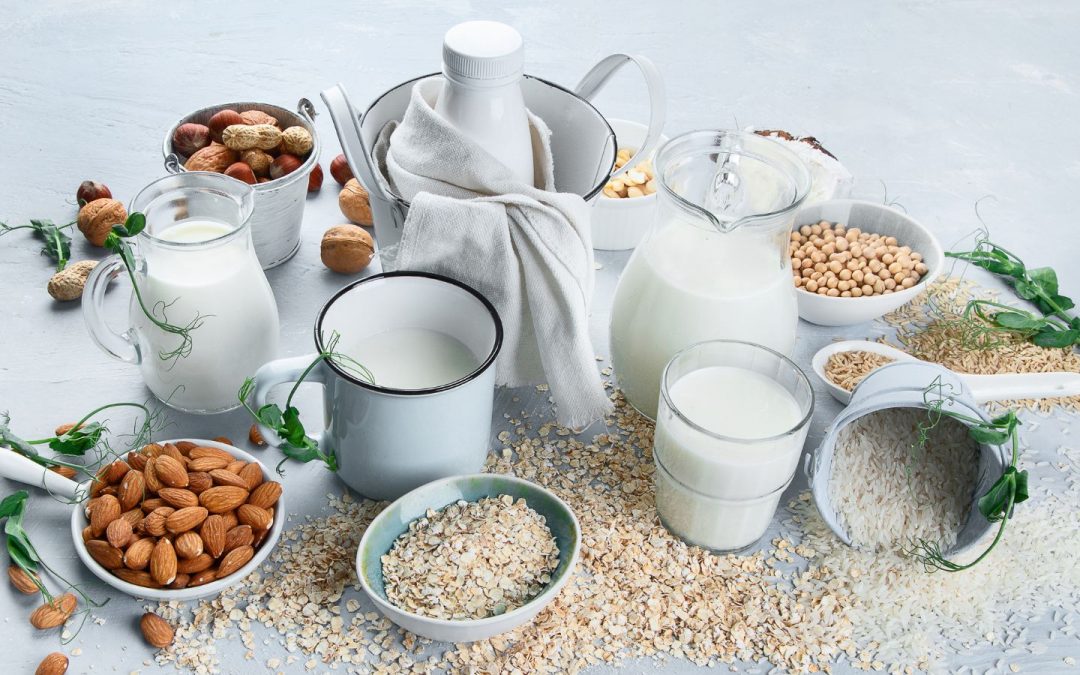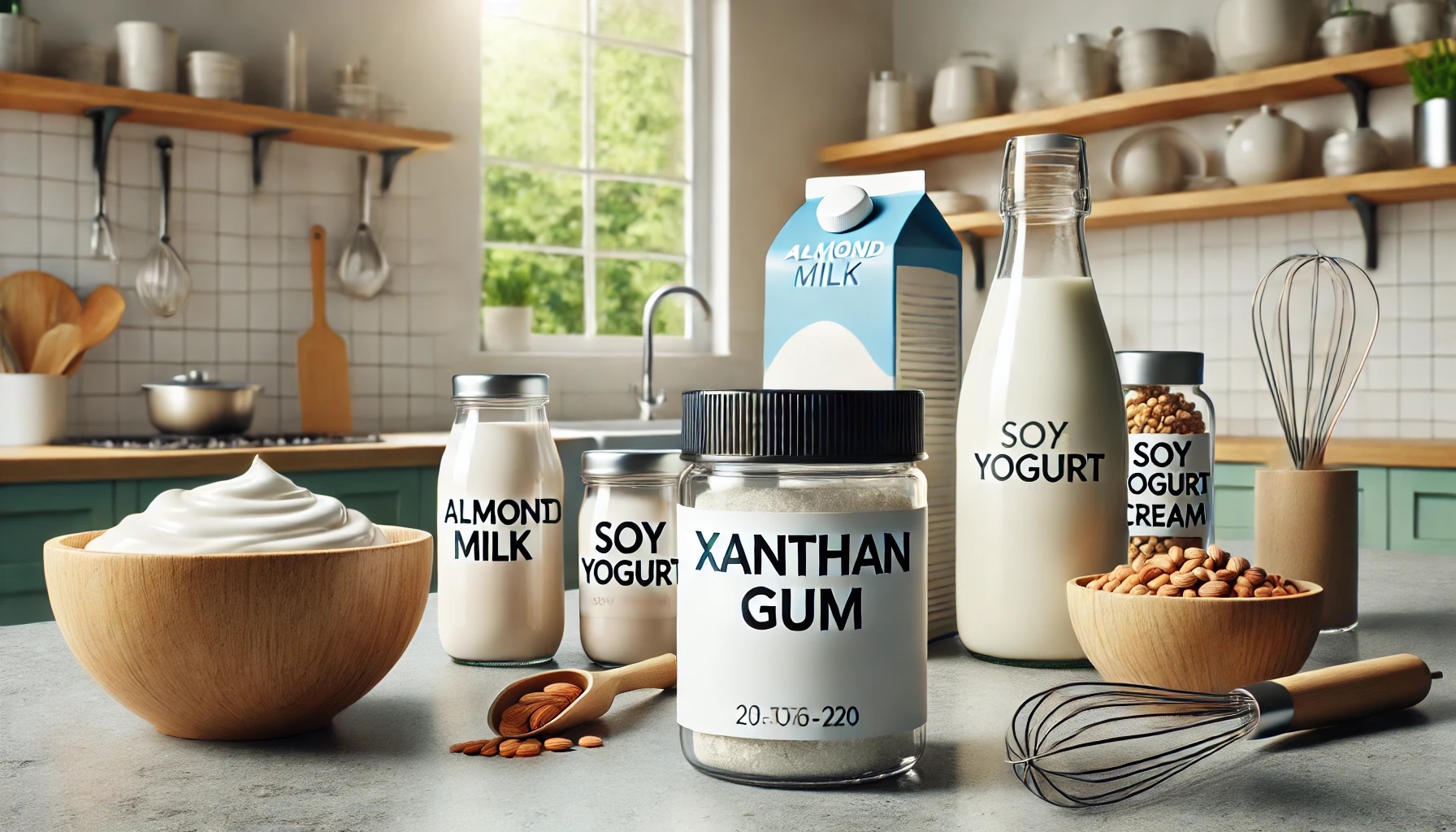1. What is sucralose powder?
Sucralose powder is a zero-calorie artificial sweetener derived from sucrose, approximately 600 times sweeter than sugar.
It is used in various food and beverage products as a sugar substitute, known for its stability and clean, sweet taste without a significant aftertaste.
2. How is sucralose manufactured?
Sucralose powder is produced through a multi-step chemical process that involves chlorinating sucrose.
This process replaces three hydroxyl groups on the sugar molecule with chlorine atoms, creating a stable, intensely sweet compound that is not metabolized for energy.
3. Is sucralose safe for consumption?
Yes, sucralose powder has been extensively studied and approved for consumption by major health authorities, including the FDA, EFSA, and WHO.
It is considered safe for the general population, including children and pregnant women, within established daily intake levels.
4. What is the chemical structure of sucralose?
Sucralose powder is a chlorinated disaccharide with the chemical formula C12H19Cl3O8.
It is structurally similar to sucrose, but with three chlorine atoms replacing three hydroxyl groups, enhancing its sweetness and stability.
5. How does sucralose compare to other artificial sweeteners?
Sucralose powder is sweeter and more stable than many other artificial sweeteners like aspartame, saccharin, and acesulfame potassium.
It has a clean taste with minimal aftertaste and retains its sweetness under various conditions, including high temperatures and acidic environments.
6. What are the caloric properties of sucralose?
Sucralose powder is non-caloric because it is not metabolised by the body.
It passes through the digestive system unchanged, providing sweetness without contributing to caloric intake, making it a popular choice for calorie-conscious consumers.
7. Can sucralose be used in baking?
Yes, sucralose powder is heat-stable and retains its sweetness during baking and cooking processes.
It is suitable for a variety of baked goods and other high-temperature applications, maintaining its sweetening properties without degradation.
8. How does sucralose perform under high temperatures?
Sucralose powder remains stable and retains its sweetness at high temperatures, making it suitable for cooking, baking, and other food preparation processes that involve heat.
It does not break down or lose its sweetening ability in these conditions.
9. Does sucralose have an aftertaste?
Sucralose powder has a clean, sweet taste with minimal aftertaste, which makes it a popular choice for many food and beverage applications.
Any aftertaste is generally mild compared to other artificial sweeteners, contributing to its widespread acceptance.
10. What is the sweetness intensity of sucralose compared to sugar?
Sucralose powder is approximately 600 times sweeter than sucrose (table sugar), meaning only small amounts are needed to achieve the desired level of sweetness in food and beverages, making it an efficient and effective sweetener.
11. How stable is sucralose in acidic and alkaline environments?
Sucralose powder is highly stable in both acidic and alkaline environments, retaining its sweetness over a wide pH range.
This stability makes it versatile for various food and beverage formulations, including those with varying pH levels.
12. Are there any known side effects of sucralose?
Most studies indicate that sucralose powder is safe with no significant side effects.
However, some individuals may experience mild gastrointestinal discomfort, though such cases are rare.
Overall, it is well-tolerated by the majority of the population.
13. How does sucralose interact with other food ingredients?
Sucralose powder generally interacts well with other food ingredients without causing adverse reactions.
It blends seamlessly in formulations, maintaining sweetness and stability without affecting the properties of other components in the product.
14. Can sucralose be used in beverages?
Yes, sucralose powder is commonly used in a variety of beverages, including soft drinks, juices, and flavored waters.
Its stability and clean taste make it suitable for both carbonated and non-carbonated drinks, providing consistent sweetness.
15. What is the shelf life of sucralose?
Sucralose powder has a long shelf life, typically several years when stored in a cool, dry place away from direct sunlight.
Its stability ensures that it maintains its sweetness over time, making it a reliable ingredient for long-term use.
- Is sucralose suitable for people with diabetes?
Yes, sucralose does not affect blood glucose levels and is safe for people with diabetes.
It provides sweetness without contributing to carbohydrate intake, making it an excellent alternative to sugar for diabetic individuals.
17. How does sucralose affect blood sugar levels?
Sucralose powder does not raise blood sugar levels, making it suitable for individuals with diabetes or those managing their blood glucose levels.
It is not metabolized for energy and thus has no impact on insulin.
18. Can sucralose be used in dairy products?
Yes, sucralose powder can be used in various dairy products such as yogurt, ice cream, and flavored milk.
Its stability and taste profile make it a good choice for enhancing sweetness in dairy formulations without affecting the product’s texture.
19. Is sucralose soluble in water?
Yes, sucralose powder is highly soluble in water, which makes it easy to incorporate into a wide range of liquid-based products, including beverages, syrups, and sauces.
Its solubility ensures even distribution and consistent sweetness.
20. How is sucralose metabolized in the body?
Sucralose is minimally absorbed in the gastrointestinal tract and is largely excreted unchanged in the urine.
It does not accumulate in the body or provide calories, making it an effective non-caloric sweetener.
21. Are there any regulatory restrictions on sucralose use?
Sucralose is approved for use in food and beverages in over 100 countries.
Regulatory restrictions vary by country, but it is generally accepted for a wide range of applications within specified usage limits, ensuring safe consumption.
22. How does sucralose affect the gut microbiome?
Current research indicates that sucralose has minimal impact on the gut microbiome at typical consumption levels.
Some studies suggest potential changes at very high doses, but these are not typical of normal dietary use.
23. What are the labeling requirements for sucralose in food products?
Labeling requirements for sucralose vary by country but generally include listing it in the ingredient list.
Some countries may also require additional labeling for products marketed as “sugar-free” or “low-calorie.”
24. Can sucralose be used in conjunction with natural sweeteners?
Yes, sucralose can be blended with natural sweeteners like stevia and erythritol.
Combining sweeteners can provide a more balanced sweetness profile and enhance overall taste, offering a versatile solution for product formulation.
25. What are the cost implications of using sucralose in food production?
Sucralose is more expensive per unit weight than sugar, but its high sweetness intensity means smaller quantities are needed.
This can offset the higher cost and make it economically viable for many applications, especially in low-calorie products.
26. How does sucralose affect the flavor profile of food products?
Sucralose provides a clean, sweet taste without significant flavor alteration.
It can enhance the overall flavor profile without introducing bitterness or off-tastes common with some other sweeteners, making it a preferred choice for many formulations.
27. Is sucralose safe for children and pregnant women?
Yes, sucralose is considered safe for children and pregnant women within the established acceptable daily intake levels.
It has been thoroughly evaluated by health authorities for these populations, ensuring its safety across different demographic groups.
28. What is the environmental impact of sucralose production?
The environmental impact of sucralose production is relatively low compared to some other sweeteners.
However, specific impacts depend on the manufacturing processes and practices used by different producers, with sustainable practices being preferable.
29. Can sucralose be used in low pH products like soft drinks?
Yes, sucralose is stable in low pH environments, making it suitable for acidic products such as soft drinks, fruit juices, and other beverages with low pH levels.
Its stability ensures consistent sweetness in these applications.
30. What are the potential health benefits of sucralose?
Sucralose can help reduce calorie intake and manage weight without sacrificing sweetness.
It is also beneficial for people with diabetes as it does not affect blood glucose levels, providing a sweetening option without contributing to carbohydrate intake.
31. Are there any known allergies to sucralose?
Allergies to sucralose are extremely rare.
Most people can consume sucralose without any adverse reactions, but as with any food ingredient, individual sensitivities can occur.
Overall, it is well-tolerated by the majority of the population.
32. How does sucralose interact with preservatives?
Sucralose generally does not interact negatively with preservatives and can be used in preserved foods without affecting their efficacy.
It maintains its sweetness in such formulations, providing consistent flavor and stability.
33. What is the recommended daily intake of sucralose?
The acceptable daily intake (ADI) for sucralose is set at 5 mg per kg of body weight by regulatory authorities like the FDA and EFSA.
This level is considered safe for long-term consumption without adverse health effects.
34. Can sucralose be used in dietary supplements?
Yes, sucralose is commonly used in dietary supplements to provide sweetness without added calories.
It enhances the taste of supplements, making them more palatable and easier to consume for individuals looking to maintain a healthy diet.
35. How does sucralose affect oral health?
Sucralose does not contribute to tooth decay as it is not metabolized by oral bacteria.
It is a tooth-friendly sweetener, making it a good choice for products aimed at promoting oral health and reducing the risk of cavities.
36. Can sucralose be used in pharmaceuticals?
Yes, sucralose is used in pharmaceuticals to improve the taste of medicines, particularly liquid formulations and chewable tablets.
Its stability and non-caloric properties make it an ideal sweetening agent in the pharmaceutical industry.
37. How does sucralose impact the texture of food products?
Sucralose provides sweetness without altering the texture of food products.
It is used in formulations where maintaining the original texture is crucial, offering a way to reduce sugar content while keeping the desired mouthfeel and consistency.
38. Can sucralose be used in frozen foods?
Yes, sucralose is stable at low temperatures and can be used in frozen foods such as ice cream and frozen desserts.
It maintains its sweetness and stability even when frozen, providing a consistent taste experience.
39. What is the global market demand for sucralose?
The global market demand for sucralose is strong, driven by increasing consumer preference for low-calorie and sugar-free products.
The demand is expected to grow as more products incorporate sucralose for health and wellness benefits.
40. How does sucralose compare to stevia in terms of taste and stability?
Sucralose has a cleaner taste with no bitterness compared to stevia, which can have a slight aftertaste.
Sucralose is also more heat-stable, making it more versatile for various food and beverage applications, though both are popular low-calorie sweeteners.
41. Are there any long-term studies on the effects of sucralose?
Yes, long-term studies have shown that sucralose is safe for consumption without significant adverse effects.
It has been extensively studied over decades, with health authorities consistently reaffirming its safety for the general population.
42. How does sucralose perform in high-moisture environments?
Sucralose is highly stable in high-moisture environments, making it suitable for use in a wide range of wet and liquid-based food products without losing its sweetness or stability, ensuring consistent flavor in such applications.
43. Can sucralose be used in meat products?
Yes, sucralose can be used in certain meat products to enhance flavor without adding calories.
It is used in marinades, sauces, and processed meats to provide sweetness and improve taste without compromising nutritional goals.
44. What are the best practices for incorporating sucralose into food formulations?
Best practices include accurate dosing, ensuring even distribution in the product, and possibly blending with other sweeteners to achieve the desired sweetness profile.
Formulators should also consider the impact of processing conditions on sucralose stability.
45. How does sucralose impact food coloring?
Sucralose does not significantly affect food coloring.
It can be used in colored products without altering their appearance, making it versatile for a wide range of food and beverage applications where maintaining color is important.
46. What are the processing challenges associated with sucralose?
Challenges may include ensuring even distribution throughout the product and maintaining stability during high-temperature processing.
However, sucralose’s stability under various conditions generally makes these challenges manageable with proper formulation techniques.
47. Can sucralose be used in conjunction with polyols?
Yes, sucralose can be used with polyols like erythritol and sorbitol.
Combining these sweeteners can enhance sweetness, improve texture, and reduce the caloric content of the final product, offering versatile solutions for sugar-free formulations.
48. How does sucralose affect fermentation processes in food?
Sucralose does not interfere with most fermentation processes, making it suitable for products like yogurt and kombucha.
It provides sweetness without contributing to the fermentable substrate, allowing for consistent product quality.
49. What is the consumer perception of sucralose?
Consumer perception of sucralose is generally positive, especially among those seeking low-calorie and sugar-free alternatives.
Its clean taste and safety profile contribute to its popularity in various food and beverage products.
50. What are the latest innovations and trends in sucralose usage in the food industry?
Trends include using sucralose in functional foods, blending with natural sweeteners, and developing new low-calorie and sugar-free products.
Innovations focus on improving taste profiles and enhancing health benefits while maintaining consumer appeal.








